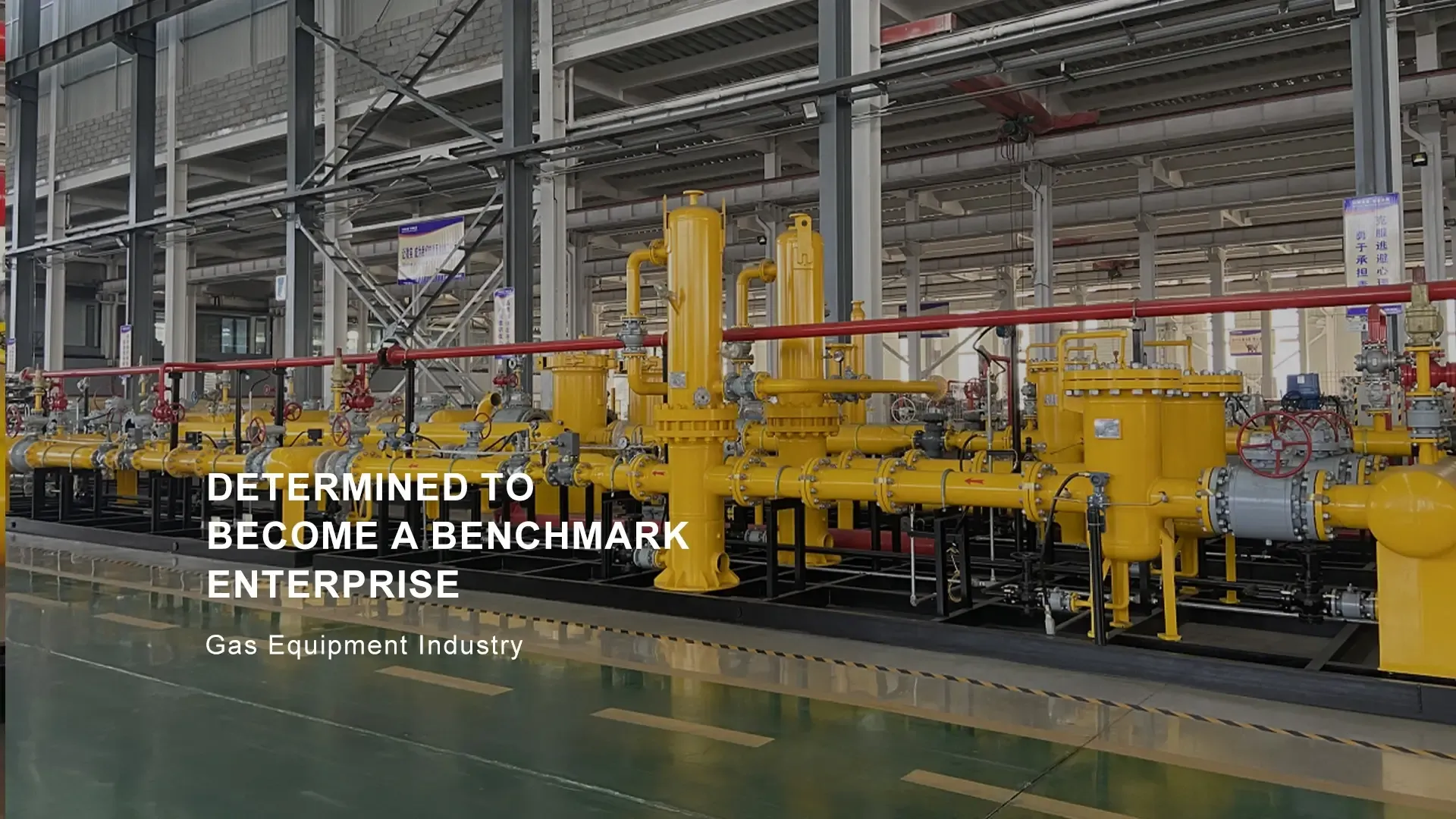
Dec . 04, 2024 16:29
Back to list
Innovative Technologies for Efficient Gasification Systems and Equipment Solutions
The Role of Gasification Equipment in Sustainable Energy Production
Gasification is an innovative and environmentally friendly technology that converts organic or fossil-based materials into carbon monoxide, hydrogen, and carbon dioxide. This process has gained considerable attention in recent years as a viable solution for energy production and waste management. Gasification equipment plays a crucial role in this process, enabling the conversion of biomass, coal, or waste into clean syngas (synthesis gas), which can be further utilized for electricity generation, heat production, or as a feedstock for chemical processes.
Fundamentals of Gasification
At its core, gasification involves a chemical reaction that occurs at high temperatures (typically between 700 and 1,500 degrees Celsius) in a controlled supply of oxygen or air. The biomass or waste material is fed into a gasifier, where it undergoes a series of thermal and chemical transformations. The primary products of gasification are syngas and char. The composition of syngas varies depending on the feedstock used, but it primarily consists of hydrogen (H2) and carbon monoxide (CO), which can be further processed into liquid fuels or chemicals.
Types of Gasification Equipment
There are various types of gasification equipment available, each designed for specific applications and feedstock types. The most common types include
1. Fixed Bed Gasifiers These are the simplest and most widely used gasifiers. The feedstock is placed on a grate, and air or oxygen is introduced from below. As the material moves down through the gasifier, it undergoes drying, pyrolysis, oxidation, and reduction processes.
2. Fluidized Bed Gasifiers In this design, the feedstock is suspended in a bed of sand or ash particles, which allows for better heat transfer and mixing. Fluidized bed gasifiers are particularly effective for feedstocks with high moisture content.
3. Entrained Flow Gasifiers These are designed for high-capacity applications and require a fine powder feedstock. The material is injected into a high-temperature reactor where it is rapidly converted to syngas.
4. Plasma Gasifiers Utilizing plasma technology, these gasifiers can convert virtually any type of waste material into syngas. The high temperatures generated by plasma provide an efficient breakdown of complex compounds.
gasification equipment

Applications of Gasification
The syngas produced from gasification can be used in various applications
- Electricity Generation Gasification can be paired with gas turbines or internal combustion engines to produce electricity efficiently. - Chemical Production Syngas serves as a feedstock for producing methanol, ammonia, and other chemicals, making it an essential component in the chemical industry.
- Biofuels The hydrogen-rich syngas can be converted into liquid fuels through processes such as Fischer-Tropsch synthesis, contributing to the development of renewable energy sources.
- Waste Management Gasification is an effective method for treating waste, significantly reducing the volume of material sent to landfills and converting it into valuable energy.
Environmental Benefits
Gasification offers numerous environmental benefits. It produces fewer greenhouse gas emissions compared to traditional combustion methods, making it a cleaner option for energy production. Additionally, by utilizing waste as a feedstock, gasification contributes to a circular economy, where waste is transformed into valuable resources.
Conclusion
Gasification equipment stands at the forefront of sustainable energy efforts, providing innovative solutions for converting waste and biomass into clean energy. As technology continues to advance and the global demand for renewable energy sources increases, gasification will likely play an even more critical role in our transition to a sustainable energy future. By investing in gasification technologies, we can harness the potential of waste materials, reduce our carbon footprint, and create a cleaner, more sustainable world.
Next:
Latest news
-
Safety Valve Spring-Loaded Design Overpressure ProtectionNewsJul.25,2025
-
Precision Voltage Regulator AC5 Accuracy Grade PerformanceNewsJul.25,2025
-
Natural Gas Pressure Regulating Skid Industrial Pipeline ApplicationsNewsJul.25,2025
-
Natural Gas Filter Stainless Steel Mesh Element DesignNewsJul.25,2025
-
Gas Pressure Regulator Valve Direct-Acting Spring-Loaded DesignNewsJul.25,2025
-
Decompression Equipment Multi-Stage Heat Exchange System DesignNewsJul.25,2025

